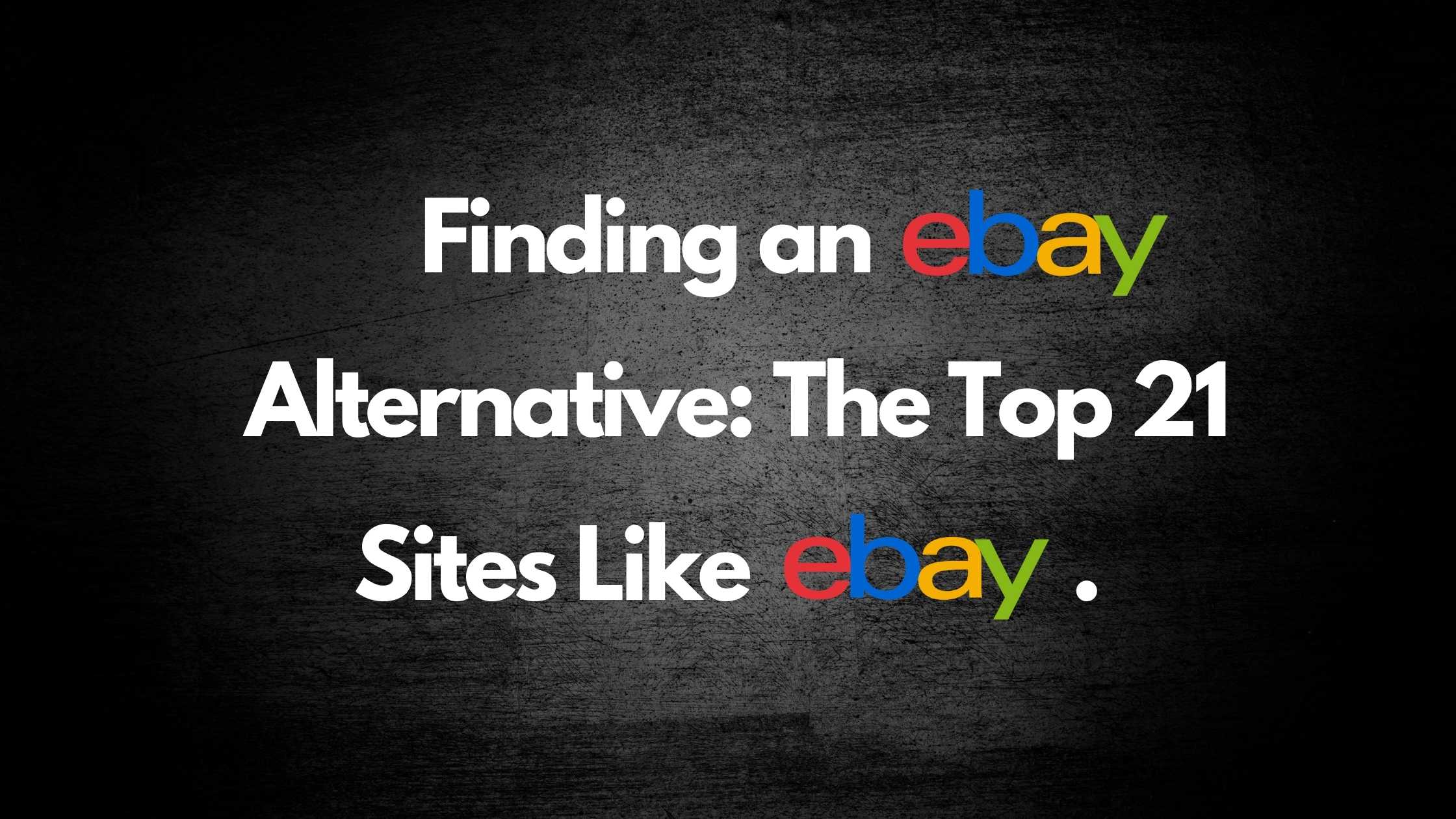
Can You Monetize Reaction Videos (On YouTube)?
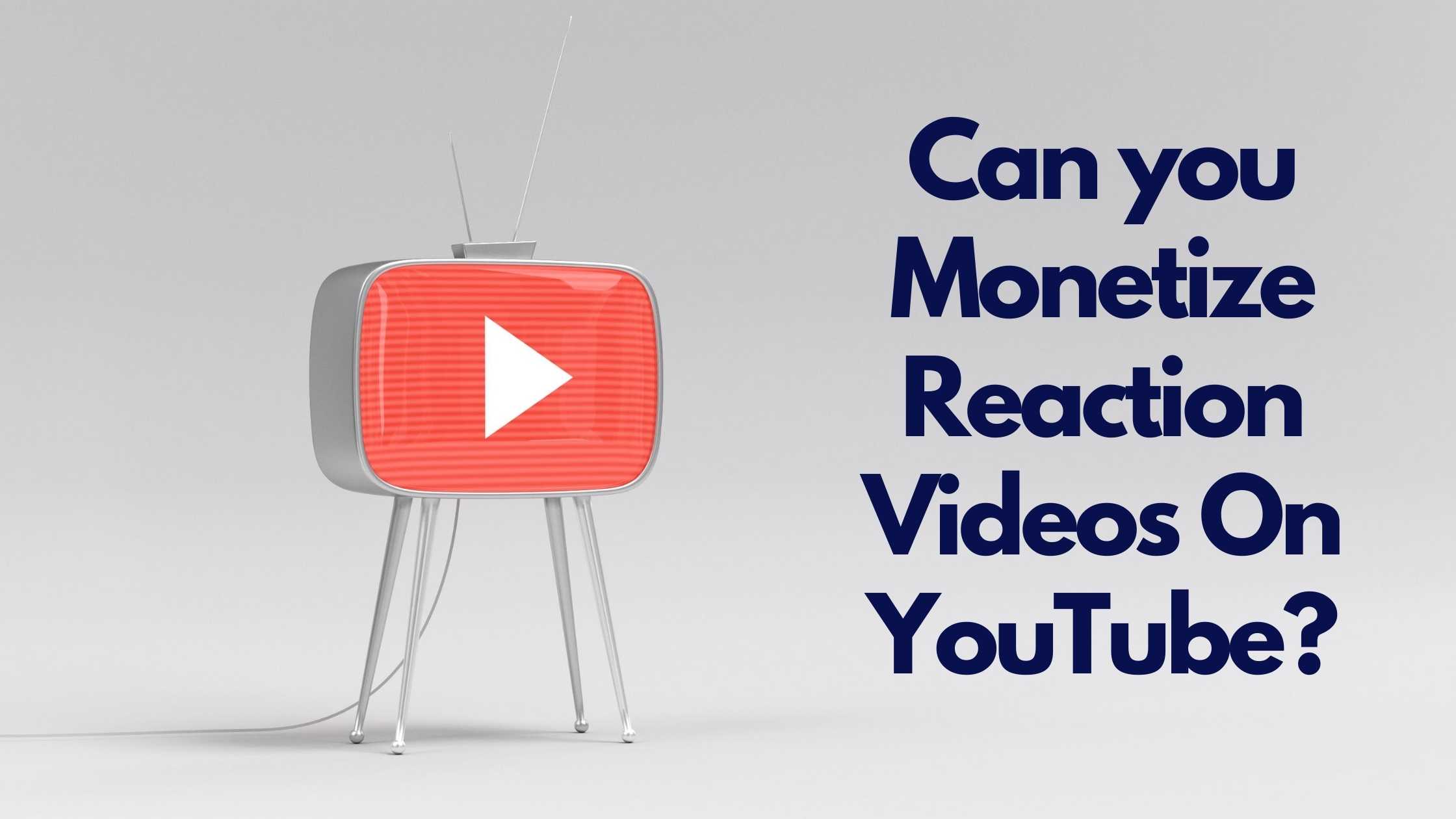
If you’ve got a YouTube channel with reaction videos, you’ve probably wondered whether you can make any money. The fact that reaction videos can potentially contain copyrighted material means that they may violate YouTube’s Fair Use policy.
Reaction videos can’t usually be monetized on YouTube if they contain copyrighted material that can be seen or heard, or if you’re reacting to content on another YouTube channel when you don’t have permission from the original creator. YouTube is very restrictive about monetized channels because of so much repeat content on the site.
Monetizing videos on YouTube isn’t impossible, but it’s more complicated than many people can pull off. Keep reading to learn more about how monetizing reaction videos on YouTube works.
Monetizing a Reaction Video is Complicated
There are two major issues involved with monetizing a reaction video:
- Copyright claims
- Redundant content
The first issue is pretty self-explanatory. By putting material in a video such as movie clips or clips of gameplay in a video game, you are violating the copyright of the original creators of that content. Once the copyright holder makes a claim, YouTube will pull the video and notify you. Reaction videos, by nature, are more likely to be removed for copyright claims than other types of videos.
The other issue involving monetized reaction videos is that they usually include video content that is found elsewhere on YouTube. Because it’s grown so large as a website, YouTube has made recent efforts to curb the uploading of repetitive content by restricting the monetization of YouTube channels.
Therefore, YouTube will not even accept an application to monetize your channel unless the following conditions are met (Source: Oberlo):
- 4,000+ combined watch hours from your viewers within the past year
- 1,000+ subscribers
Even then, just because you’ve met the qualifications to apply for monetization doesn’t mean that your application is going to go through. Suppose you’re doing a video to the same blockbuster game launch trailers that fifty other channels are already doing. In that case, there’s no chance that you’ll be able to achieve traditional monetization through YouTube.

Very Few New Channels Get Approval for Monetization
YouTube has cracked down on restricting the monetization of its channels. The reality is that very few new channels get approved for monetization. Now creators only get two shots at getting monetized. So, before you apply for monetization, you should make sure that you have a strong following ( stronger than the bare minimum requirements) and that your content is original and different from other content in your niche category. (Source: Tough Nickel)
Suppose you’re doing a video for movie trailers. In that case, you need to pick trailers with fewer reaction videos on YouTube to garner interest. Your application for monetization will be rejected if video topics are too similar to others or don’t add much commentary to clips that you used. And once you’ve been rejected, you only get one more shot to get monetized.
When You Can’t Monetize a Reaction Video
There are two main reasons you can’t monetize a reaction video through YouTube, and they both involve media copyright claims.
Here are the two conditions that forbid you from monetizing your video:
- When the copyrighted media can be seen or heard
- When it is another YouTube Video you don’t have permission from the original creator to use
In many cases, there are bots across YouTube that are designed to recognize the use of copyrighted material and flag it for the creators, who will then report it to YouTube with a copyright claim called a Content ID Claim. (Source: YouTube Help) This is because, as a video creator, you can’t make money on someone else’s copyrighted material.
In a Content ID Claim, the creator will cause YouTube to block the video or will allow the video to remain up with advertisements that benefit the original creator, not the person doing the reaction video. Either way, you’re not getting monetized. You may be allowed to leave the video up, but you won’t make money off it.
Sometimes reaction videos can get up on YouTube and remain posted for quite a while before being flagged for copyright claims, but once a claim is filed, the creator of the clip has a few different options:
- Do nothing: The video remains blocked under the claim or runs with ads that benefit another party.
- Cut the content: A way to get around copyright claims on reaction videos is to cut out the content that causes the video to be flagged. This is called “trimming.”
- Remove or swap the music: Copyrighted music is one of the quickest ways to get a copyright claim flagged, so to avoid this, you should remove copyrighted music or swap it out for royalty-free music in your reaction videos. You also sometimes have the option to share revenue with the original owners of the copyright.
- Dispute the claim: Disputing the claim is often a poor decision since copyright claims are rarely made without evidence. But if you believe that there was a mistake on YouTube’s end, you can contact the website and request an appeal.
Reaction Videos Fall Under Fair Use Before Monetization
Before monetization, copyrighted material in videos falls under fair use laws, which means that the material can be presented as long as there is no profit made from it and that it is being used in a “transformative” way. (Source: Stanford University) But once you try to monetize your YouTube channel or your reaction videos, then you violate copyright.
Here are some of the standards that make your video fair use content before monetization:
- Criticism: If your reaction video is a criticism of content, then it is viable fair use.
- Journalism: If your reaction video is journalistic (such as movie reviews or amateur games journalism), then you can typically use clips under fair use.
- Teaching: If you are doing a reaction video as part of a teaching channel, then you can claim the copyrighted material under fair use.
- Research: If you are doing a reaction video as part of research, then it falls under fair use.
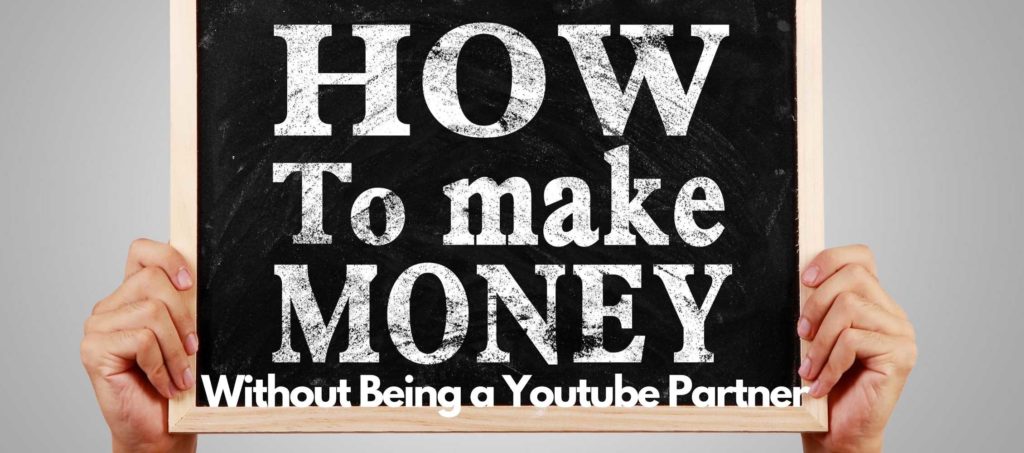
How Can You Make Money on YouTube Without Being a YouTube Partner?
Suppose you can’t get monetized directly through YouTube for your videos. In that case, there are other options to make money off your YouTube reaction videos.
Here are a few other options you have to make money off your YouTube channel without going directly through YouTube:
- Affiliate sponsors: By linking to your affiliate sponsors in your YouTube video descriptions, you can make money whenever your viewers click out of YouTube to affiliate websites and content.
- Product endorsements: If you’re willing to do commercials and you have enough product endorsements and partnerships, this can also be a way to help you monetize your YouTube reaction videos without going through AdSense
Keep in mind that even if you can still make money off your videos on YouTube without being monetized directly by YouTube, you may still have your content blocked for copyright claims if you’re not careful.
You Can Make Money on Reaction Videos, But Beware of Copyright Claims
It’s possible to make money on reaction videos if you have a large enough following on YouTube, but copyright claims can get your videos pulled if you’re not good at trimming your content and keeping copyrighted music out.
Getting monetized by YouTube itself has never been harder, but that doesn’t mean you can’t make money on your videos through other means. If you have the subscribers to back you up, you can always find a way to make money.
Recommended Blog Posts:
TRENDING


Online Arbitrage for Beginners (Step-by-Step Guide)
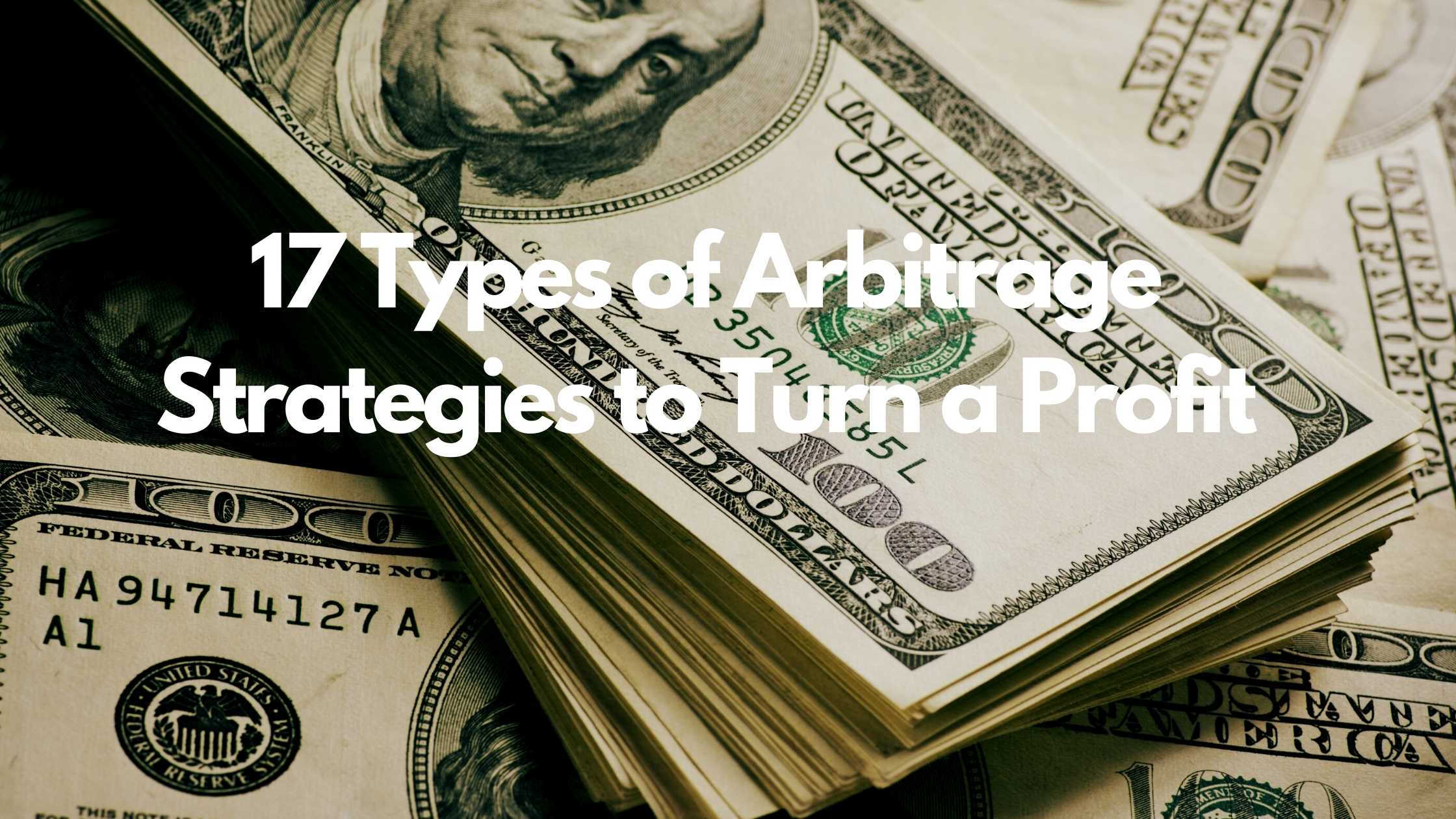
17 Types of Arbitrage Strategies to Turn a Profit
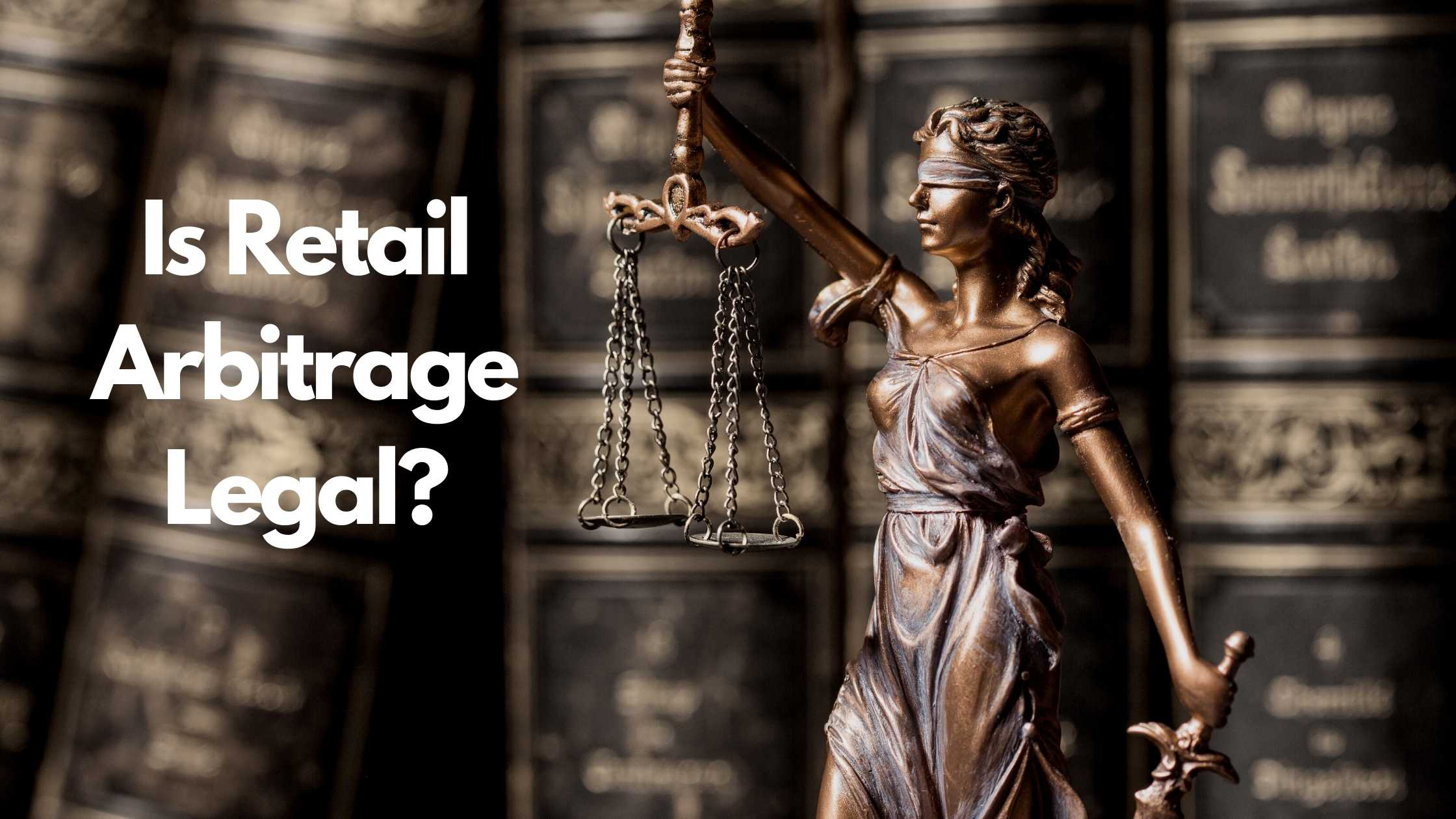
Is Retail Arbitrage Legal?

How to Turn Textbook Arbitrage into a Business for Profit

How Can You Tell if a Book is a First Edition?

What to Do With Your Jigsaw Puzzle When Finished?



Philosophy is the discipline that studies fundamental and universal questions, such as existence, cognition, values, reason, and language. It encompasses many subjects and issues, ranging from ethics and politicians to metaphysics and logic. Here are principal nuances of philosophy:
1. Definition of Philosophy
Philosophy comes from the Greek words “philos” (love) and “sophia” (wisdom). It is the desire to realize and make sense of the world around us and our place in it.
2. The Main branches of philosophy
– Ontology research of the essence of being and existence.
– Epistemology the study of the nature and limits of cognition.
– Ethics the analysis of moral principles and concepts of good deed and evil.
– Logic the study of the forms and principles of correct thinking.
– Socio-political philosophy the study of questions of power, justice and the state.
3. Famous Philosophers
During the history of philosophy, many thinkers have made weighty contributions to this science. Some of the most famous include:
– Socrates, considered the progenitor of Western philosophy.
– Plato, a pupil of Socrates, developed the doctrine of forms.
– Aristotle, the creator of logic and a large number of scientific fields.
– Immanuel Kant, known for his Philosophy critical philosophy and work on moral issues.
4. The Relevance of Philosophy in the Modern World
Philosophy remains relevant in the modern world as enables people to understand complex social and moral issues, but also develops critical thinking. It affects the legal system, politicians, and different fields of science.
5. Practical Applications of Philosophy
Philosophical ideas penetrate daily life. Ethical reflection helps people do the correct thing in complex situations, and philosophical analysis contributes to greatest understanding of problems related to technology, art, and social justice.
Philosophy is not only an academic discipline, as well as method of thinking that helps us to understand life’s complexities and make informed choices.
Philosophy is the discipline that studies major and universal questions, such as existence, cognition, values, reason, and language. It encompasses many topics and issues, ranging from ethics and politicians to metaphysics and logic. Here are principal nuances of philosophy:
1. Definition of Philosophy
Philosophy comes from the Greek words “philos” (love) and “sophia” (wisdom). It is zeal to realize and make sense of the world around us and our place in it.
2. The Main branches of philosophy
– Ontology research of the essence of being and existence.
– Epistemology the study of the nature and limits of knowledge.
– Ethics the analysis of moral principles and concepts of good deed and evil.
– Logic research of the forms and principles of correct thinking.
– Political philosophy the study of questions of power, justice and the state.
3. Notable Philosophers
In the course of the history of philosophy, almost many thinkers have made meaningful contributions to this science. Some of the most famous include:
– Socrates, considered the founder of Western philosophy.
– Plato, a student of Socrates, developed the doctrine of forms.
– Aristotle, the creator of logic and many of scientific fields.
– Immanuel Kant, known for his Henry Miller critical philosophy and work on moral issues.
4. The Relevance of Philosophy in the Modern World
Philosophy remains relevant in the modern world because it helps people to understand complex social and ethical issues, but also develops critical thinking. It affects the legal system, politicians, and various fields of science.
5. Practical Applications of Philosophy
Philosophical ideas penetrate daily life. Ethical reflection helps people do the right thing in difficult situations, and philosophical analysis contributes to better understanding of problems related to technology, art, and social justice.
Philosophy is not only an academic discipline, but also method of thinking assists us to understand life’s complexities and make informed choices.
Philosophy is the discipline that studies major and universal questions, such as existence, cognition, values, reason, and language. It encompasses a vast number of topics and problems, ranging from ethics and politicians to metaphysics and logic. Here are the main aspects of philosophy:
1. Definition of Philosophy
Philosophy comes from the Greek words “philos” (love) and “sophia” (wisdom). It is the desire to realize and make sense of the world around us and our place in it.
2. The Main branches of philosophy
– Ontology research of the essence of being and existence.
– Epistemology the study of the nature and limits of cognition.
– Ethics the analysis of moral principles and concepts of good and evil.
– Logic research of the forms and principles of correct thinking.
– Socio-political philosophy the study of questions of power, justice and the state.
3. Notable Philosophers
During the history of philosophy, almost many thinkers have made weighty contributions to this science. Some of the most famous include:
– Socrates, considered the progenitor of Western philosophy.
– Plato, a pupil of Socrates, developed the doctrine of forms.
– Aristotle, the creator of logic and a large number of scientific fields.
– Immanuel Kant, known for his own Philosophy critical philosophy and work on moral issues.
4. The Relevance of Philosophy in the Modern World
Philosophy remains urgent in the modern world since it helps people to understand difficult social and moral issues, but also develops critical thinking. It affects the legal system, politicians, and different fields of science.
5. Practical Applications of Philosophy
Philosophical ideas penetrate everyday life. Ethical reflection helps people do the correct thing in difficult situations, and philosophical analysis contributes to greatest understanding of issues related to technology, art, and social justice.
Philosophy is not only an academic discipline, yes and a way of thinking that helps us to understand life’s complexities and make informed choices.